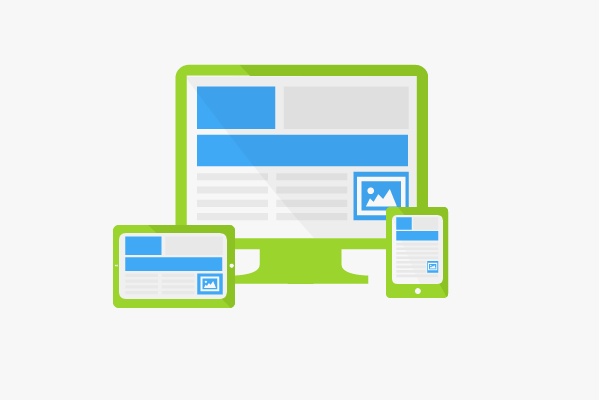Boilerplate
A boilerplate is a text building block or text fragment, which is used in many different areas - for example, in PR work, web design or online marketing. Press releases usually contain standard formulations, which summarize the most important information and contact data of the operator or originator. On websites, Boilerplates are often used to incorporate recurring text fragments into sidebars, footers, or headers.
The term “boilerplate” is also used in programming and email programs to name standardized code lines (boilerplate code), signatures, and contact data within emails which remain unchanged. Originally the term boilerplate was used to refer to the manufacturer data of boilers in the form of a metal plate. Boilerplates are also called bottom line, footer, or corporate backgrounder.
General information
Boilerplates contain important information, which can differ according to context and company. Some examples are:
- Company name including legal form (such as Inc.)
- Location of company, possible additional branches
- Company activity and product portfolio
- Product and manufacturer information
- Press contact and contact persons
- Industry and specialization
- Founding year and milestones
- Number of employees and size of company
- Sales and profit data as well as exchange rates
- References and customers
- Innovations and patents
Boilerplates in press releases
Boilerplates along with the headline, lead, and body, form a relatively strictly defined structure of press releases. Journalists and agencies often scan press releases according to a simple principle in order to assess relevance. They will first read the headline and lead text, then the boilerplate will be scanned through quickly to obtain brief information about the originator of the message. This reading procedure is useful for classifying the main information and the context as well as relevance. The actual main text in the body of the message then follows. Boilerplates are therefore an important signal for the recipients of press releases which is paramount for further processing of the communication in the form of different journalistic formats.
Where the information comes from and who is its originator is generally covered by the boilerplate. In the case of a listed company, relevant facts can be included for investors. An innovation leadership in a particular industry can also be considered an indicator for the recipient that this message is relevant. Boilerplates are usually between 50 and 100 words long and written in a factual tone. The presented facts should be verifiable. Advertising language is out of place in boilerplates.
Boilerplates in online media
In various online media, boilerplates are text fragments which are reused. On websites, online press releases, or product pages in online stores, boilerplates can be used to provide general information on the particular medium. The term boilerplate content is commonly used with respect to search engines. Which information should be included depends on the project. In the case of product pages, this is, for example, manufacturer information or descriptions of the general product category, whereas boilerplate content on websites provides information about the operator. Other areas of websites can also include this type of text fragments, such as forms, notifications, footers, the sidebar, or templates.
Relevance to online marketing
Since the text fragments of boilerplates are frequently changed only slightly or not at all, their use in online press releases and online media is controversial.[1] Many Boilerplates can be rated as duplicate content or thin content because the text blocks remain nearly the same. Search engines such as Google have been working with Parser algorithms which try to capture the similarities of content for quite some time.[2] It was made even stricter with the Panda-Update.[3] According to Matt Cutts, however, no special process to distinguish boilerplate content would be required because the algorithms can recognize and handle boilerplate content relatively well without affecting the quality of search results.[4]
Duplicate content cannot really be avoided especially on very large websites and provides users with information on the content, depending on their entry page.[5] However, on certain subpages like product descriptions or boilerplates in article directories such content could be evaluated as duplicate. Especially when keywords are very common in the text or anchor texts. Google recommends avoiding duplicate content or to mark it up appropriately, in order to exclude the crawler, for example, with meta tags:
But in the case of boiler plates, this is not absolutely necessary if the information is relevant to the user and no spam-like methods are used.
A comparison between unique content and duplicate or thin content to determine whether the repetitive content of a website is harmful would be advisable. The goal is, of course, to provide the highest possible, unique content. According to Google, boilerplate content should not have a negative impact on the ranking of a website, as long as the quality of a website is not further downgraded by thin content.[6]
References
- ↑ Is My Boilerplate Product Description Causing Duplicate Content Issues? moz.com.com. Accessed on 11/13/2015
- ↑ Methods and apparatus for estimating similarity patft.uspto.gov. Accessed on 11/13/2015
- ↑ Opinions on Boilerplate Content moz.com. Accessed on 11/13/2015
- ↑ Is there a way to indicate boilerplate content on a page? youtube.com. Accessed on 11/13/2015
- ↑ SEO Terminology: Boilerplate (How Google May be Treating Repeated Content) searchenginejournal.com. Accessed on 11/13/2015
- ↑ Duplicate Content SEO Advice From Google hobo-web.co.uk. Accessed on 11/13/2015

